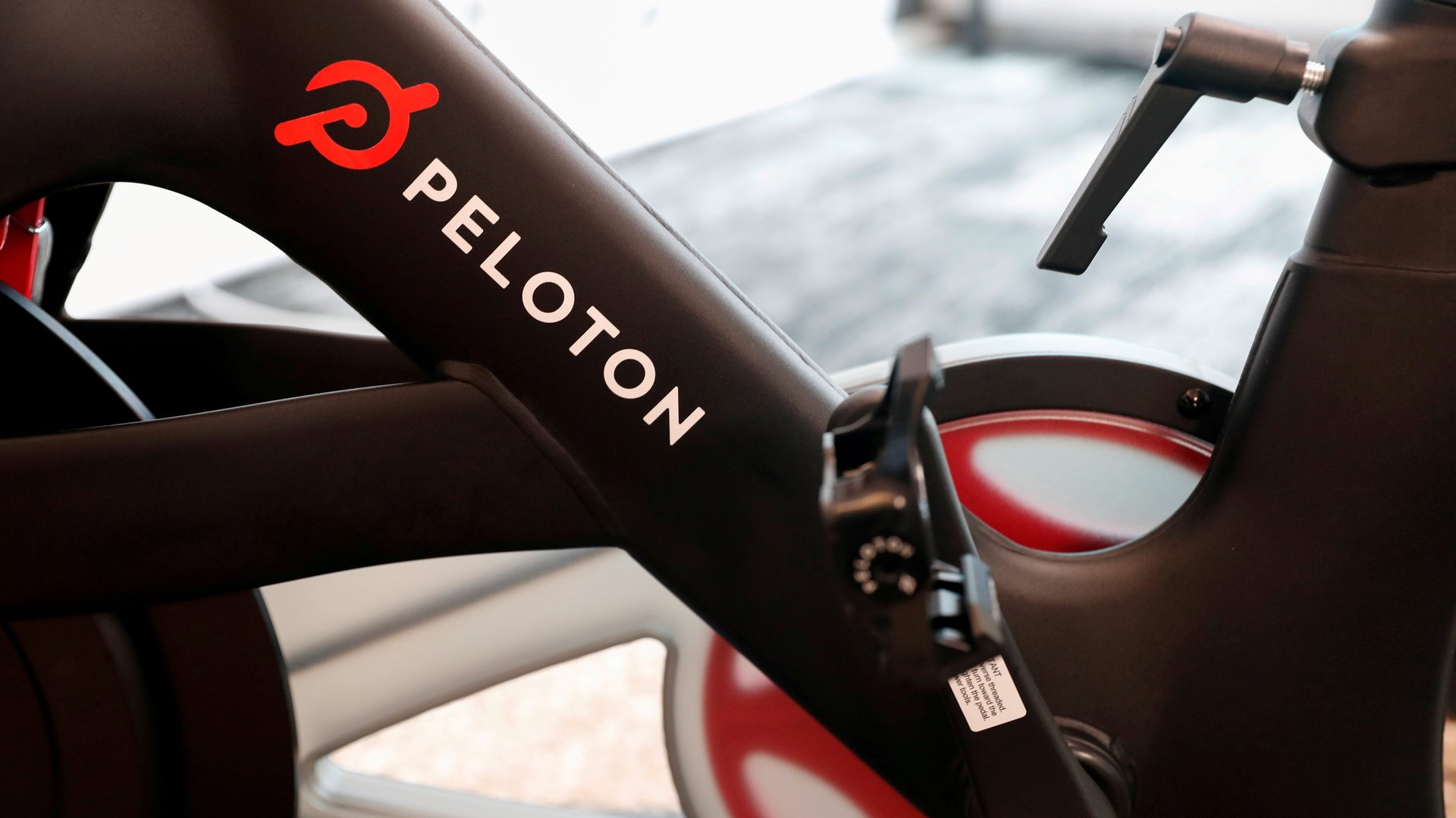The wait for a Peloton bike is back to pre-Covid levels
After months of customers enduring absurdly long waits to get one of its $2,000 stationary bikes—more than 10 weeks, in some cases—Peloton says it has fixed its delivery issues.


After months of customers enduring absurdly long waits to get one of its $2,000 stationary bikes—more than 10 weeks, in some cases—Peloton says it has fixed its delivery issues.
The company announced today (pdf) that wait times for its flagship bike are “now back to pre-COVID-19 levels.”
Peloton had been overwhelmed by demand after Covid-19 shut gyms around the US and other countries last year. Shoppers turned to the fitness startup in droves as they sought ways to work out at home, buying its bikes faster than the company could supply them. It created a large backlog of orders and prompted Peloton to spend more than $100 million (pdf) on investments to shorten its delivery times.
Delays aren’t the only issue it has contended with lately. Yesterday it announced a recall of its treadmills in the US over safety concerns after one child died and others were injured when they became caught in the treadmill’s belt and were sucked under the machine. But treadmills will only account for about 2% of Peloton’s equipment sales by units in 2021, according to an estimate from investment firm Cowen, and its overall business continues to race ahead.
In the three months through March 31, the company’s revenue—a mix of equipment sales and subscriptions to its streamed workouts—surged 141%, reaching $1.26 billion. It said at the end of the quarter it had more than 2 million fitness subscriptions.
Peloton’s supply-chain investments
To meet all the demand, the company has invested heavily in its supply chain, starting production at a new factory in Taiwan last year and also officially acquiring a US manufacturing facility last month. It paid $420 million in cash for the US factory, and expects it will allow the company to start manufacturing some products in the US before the end of 2021. It also intends to use the facility for research and development.
While Peloton cranks out more of its bikes and treadmills, it has plenty of customers to keep sweating. Its subscribers completed 149.5 million workouts in the quarter, more than triple the number in the same period last year.